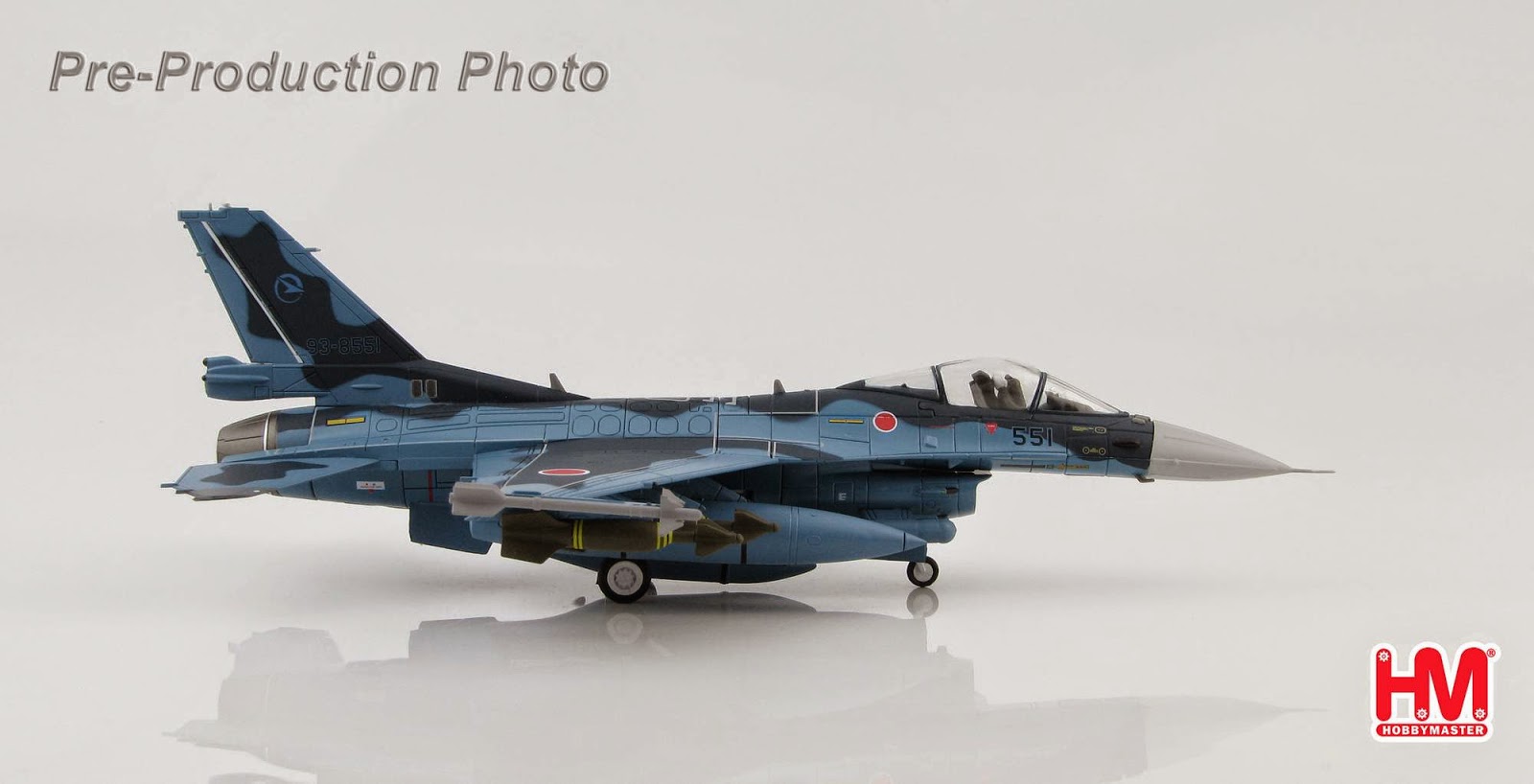Huge Global Hawk Remotely Piloted Vehicle (RPV) flew from Italy to Norway, during NATO trial dubbed Unified Vision 2014.
A U.S. Air Force RQ-4 Global Hawk, flew from its base at Sigonella, Italy, to Norway, as part of Exercise Unified Vision 2014.
The RPV, flew from the airbase in southeastern Sicily, in the Mediterranean (from where the huge drone conduct daily missions over Africa), to Northern European countries, including Norway, to showcase the capability of the NATOAlliance Ground Surveillance (AGS) system to route one of its planned five Global Hawks across the busy European airspace.
Indeed, one of the goals of UV 2014 was to prepare the introduction of the AGS capability and to improve data sharing with other ISR (Intelligence Surveillance Reconnaissance) systems provided by various NATO and partner nations.
The Global Hawk flew to Norway, cruising at more than 50,000 feet, well above commercial airliners testing the effectiveness of existing ATC procedures to ensure seamless integration of High Altitude Long Endurance UAS (Unmanned Aerial Systems) within the existing aviation framework.
During the drills, the RQ-4 crossed UK airspace for the first time.
http://theaviationist.com/2014/05/29/global-hawk-uv-2014/






















































.jpg)



